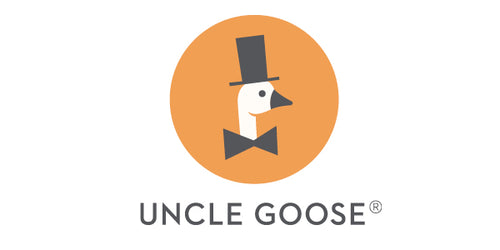
What makes learning about the concept of time challenging…yet fun?
We adults often say strange and curious things like “hurry up, I need to be at work by 8” or “I’ll be with you in a minute” or “it’s bedtime!”
But this kind of talk is gibberish to babies and young children. They don’t have a concept of time. They live in the present moment. “Just a minute!” means nothing to a child.
Time is a make-believe concept for adults. Children can’t see it or hear it, but adults talk about it all the, uh, time.
Children start to gain a limited understanding of the concept of time around age five. At that age, they start to recognize the meaning behind seconds, minutes, hours, and days.
They’ve come to experience household routines and changing seasons. They've heard stories with beginnings, middles, and endings. They understand time-related concepts like waiting, hurrying, before, and after.
Adults help children learn by bringing more clarity to how they talk about time around young children. Since time is an abstract concept, adults need to make it more concrete for children.
When discussing time-related concepts, get as many senses involved as you can. Turn that abstract concept of time into something children can see, hear, taste, touch, and feel!
Here are six simple things you can do to make learning about time fun:
1. Set time limits, rewards ,and consequences. Turn chores into a game by setting time limits for completion. When the alarm sounds, will there be an award or a penalty?
2. Talk about time with props like calendars and clocks. This helps children learn valuable planning skills early in life. And they’ll be building a time- and math-related vocabulary.
3. Cook together. Set timers for when the cookies need to come out of the oven. How might the food we eat in autumn taste and smell different than foods we eat in spring?
3. Sing or play songs, especially during chores. Holiday songs connect time and seasons. Can you count how many “Happy Birthdays” it takes to wash your hands?
5. Connect time to nature. Show visual reminders of how the weather and moon phases change as time passes. Draw and decorate to celebrate seasonal changes.
6. Read, share, and tell stories. Books, videos, and nursery rhymes contain concepts like beginning, middle, and end. They help children discover time sequences like before, after, then, next, first, and last.
And of course, let children explore on their own. Watch with delight as they pick up valuable knowledge about time by drawing, building, singing, cooking, and playing!
What else do you do to make learning about time more enjoyable?



